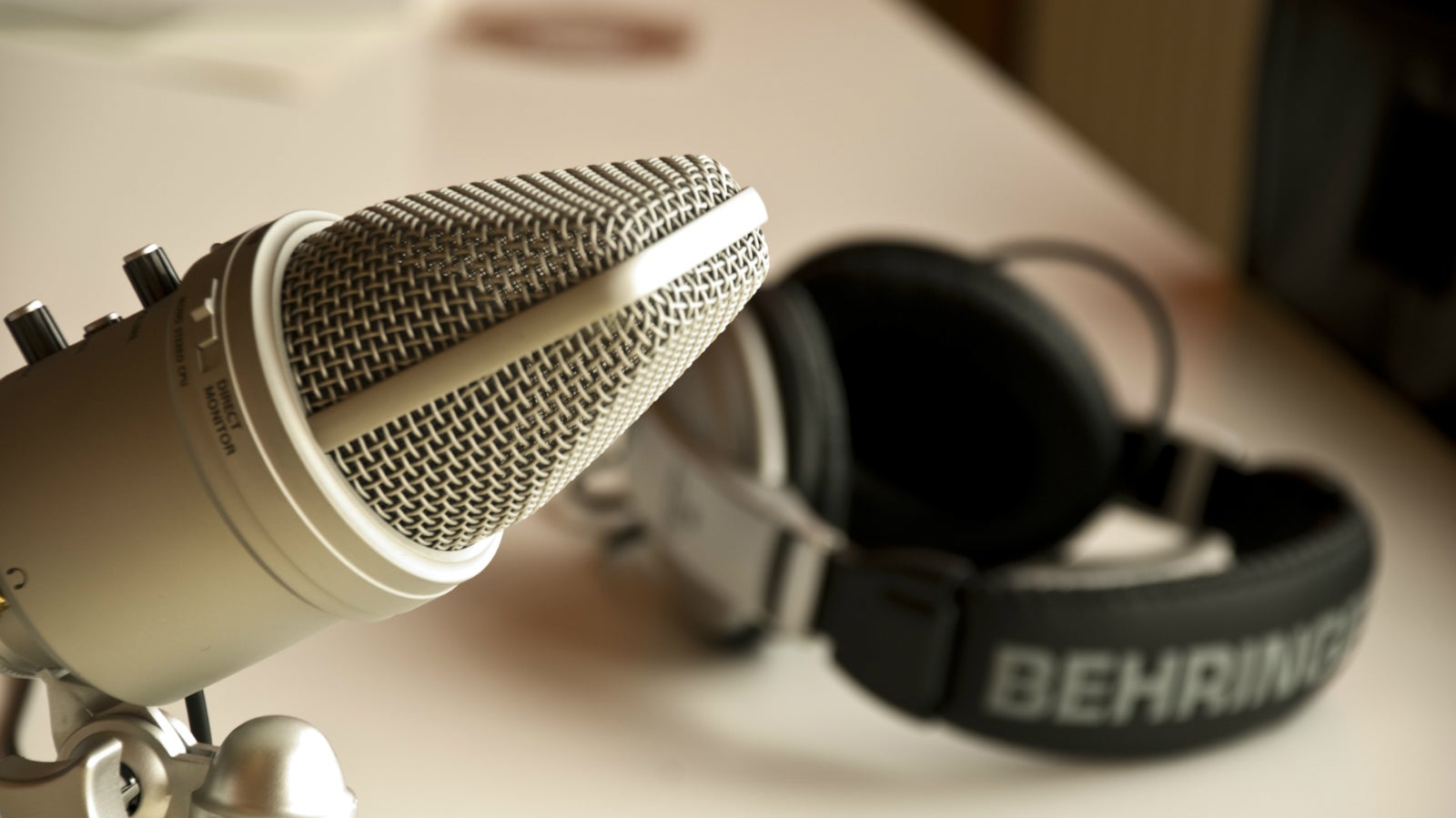India’s smartphone boom is triggering a wave of podcast experiments
Although selling air conditioners kept Abhishek Kumar busy enough, he was still looking for a hobby. A decade ago, a friend from college came up with the idea of bantering with Kumar and then uploading the recorded conversation on the internet and it seemed like a worthwhile side project.


Although selling air conditioners kept Abhishek Kumar busy enough, he was still looking for a hobby. A decade ago, a friend from college came up with the idea of bantering with Kumar and then uploading the recorded conversation on the internet and it seemed like a worthwhile side project.
So, in October 2005, Kumar and Aditya Mhatre, both from R A Podar College of Commerce and Economics in Mumbai, launched a podcast dedicated to Indian current affairs—Indicast. Conveniently, it coincided with Apple’s launch of podcasts on iTunes.
Ten years and many conversations later, Indicast has 250 episodes, close to a million downloads—and is in the midst of a renaissance of sorts.
“We can see that the number of downloads has suddenly spiked with the advent of smartphones,” Kumar told Quartz.
India is already the world’s second-largest market for smartphones and numbers are expected to touch 650 million by 2019, according to recent research from Cisco. What’s more, the increasing range of smartphone applications, such as Podcast Addict and Overcast, are making podcasts much easier to find. And this is convincing Indian listeners that it’s finally time to tune in.
“Over the years, 80% of our audience was outside India, where you didn’t have any problem with broadband connectivity,” Kumar said. “Now, with the internet being a little more ubiquitous than before, people in India have started downloading so the ratio that was skewed to 80:20 now is 60% in favour of India and 40% abroad.”
Here’s a chart that shows how Indicast’s downloads have risen in recent months.
Still, broadband speeds are far below global standards and overall internet penetration is comparatively low. However, forecasts estimate that by 2017 India will have 500 million internet users, second only to China, with many relying on their mobiles to surf the web.
And in the absence of a mature public radio network—and a distinct lack of good programming—startups like Audiomatic, a podcast platform that was launched in April, are helping develop a new audience.
With two radio veterans at the helm—Rajesh Tahil and Tariq Ansari—Audiomatic currently hosts four shows on current affairs, science, food and more, each presented by journalists and writers.
The response has been better than expected, said Tahil, who was previously producing a children’s daily radio programme for UNICEF. In its first month alone, Audiomatic was able to draw some 100,000 listeners, much faster than Tahil had expected, with numbers growing steadily ever since. And many of these listeners are tuning in via their phones.
“Already we have about 40% of our listenership through mobiles and we see that increasing to over two-thirds in a couple of years,” Tahil told Quartz.
Cheap and easy
With the distribution conundrum partly solved via smartphones, another reason podcasts can thrive in India is because of the low entry barriers, compared to other mediums.
“It didn’t take much to start a podcast,” Indicast’s Kumar explained. “All it took was a stable internet connection; Skype, which was free; editing software, which, to this date, we use the same one and it’s free; and a place where we can archive or host these podcasts, which is also free.”
The flexibility and ease of production of podcasts mean that its creators can experiment with the narratives they tell. And it’s the content that really makes the medium stand out in India, with presenters telling stories that are tough to find in other media.
For instance, the online culture guide Brown Paper Bag launched a short literary podcast called Spine in June that features excerpts from the founders’ favourite books that are read aloud by people with “great voices.”
“It’s fun to translate the written word into another medium, and the podcast seemed like the best fit for the quotation format we were looking at—kind of like a song you can listen to right before you fall asleep after a long night of partying,” Mansi Poddar, co-founder of Brown Paper Bag, told Quartz.
On Audiomatic, The Real Food Podcast follows presenter Vikram Doctor, who also writes for the Economic Times, as he traces the stories of the food we eat, from Amul butter to Alphonso mangoes. Meanwhile, The Intersection, presented by journalists Padmaparna Ghosh and Samanth Subramanian, tackles topics of science, culture and history in India.
“A podcast is just a form of narrative journalism, so you’ll see that it’s no coincidence that almost all the presenters we have are writers,” Audiomatic’s Tahil said. “We’re putting content before mode of delivery or style of delivery.”
And as smartphone numbers grow, the audience for this content is likely to keep expanding. Tahil predicts that when access to podcasts on the go becomes as easy as turning on an FM station, podcast listening will reach an “inflection point.”
But the challenge of monetisation remains. Broadly, three possible venues exist: advertising or sponsorships, subscriptions, and an institution or donor-funded model. Of these, according to Tahil, the Indian market currently only supports the first model.
“We have already been able to do a couple of deals and are hoping to sign a few more in the coming months,” he explained.
“However, for the volume and yields to be high enough to achieve profitability, I think we need to achieve a threshold level before you are, even for a smaller segment of brands, considered to be a viable medium.”
And that, according to Tahil, is still a good 24 months down the line. Stay tuned.
Image by Patrick Breitenbach on Flickr, licensed under CC-BY-2.0.